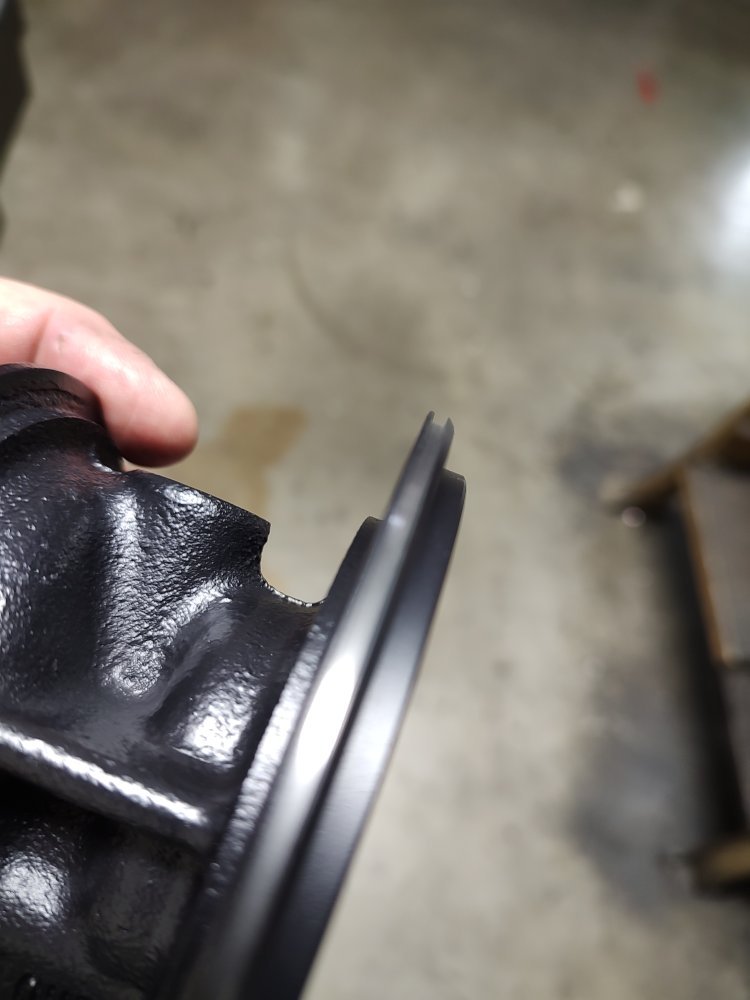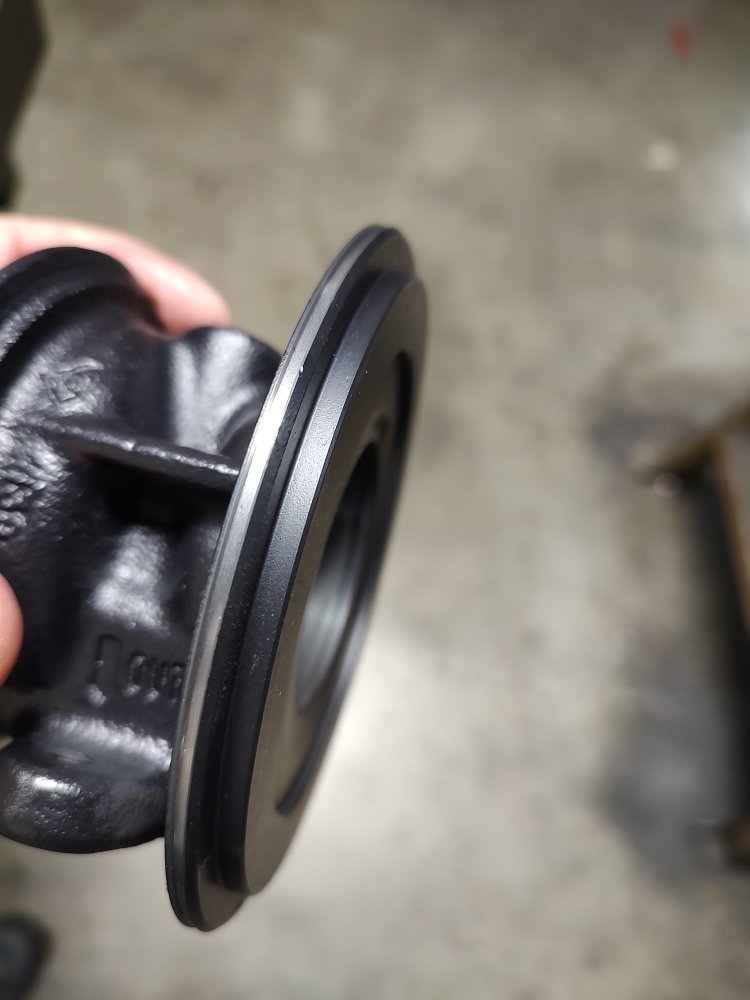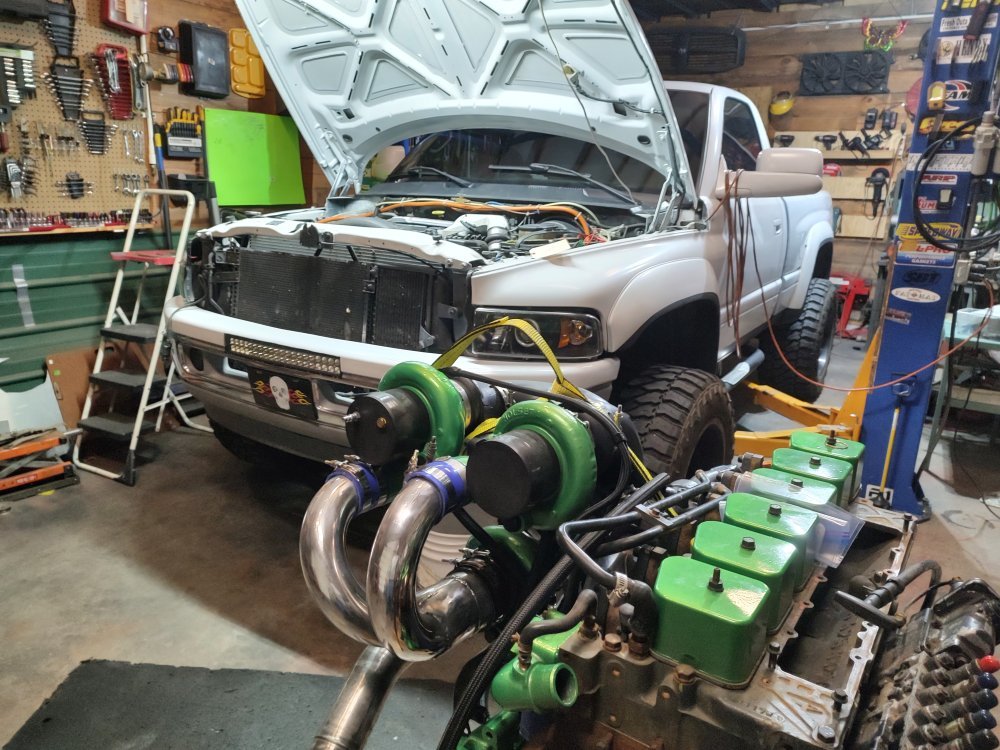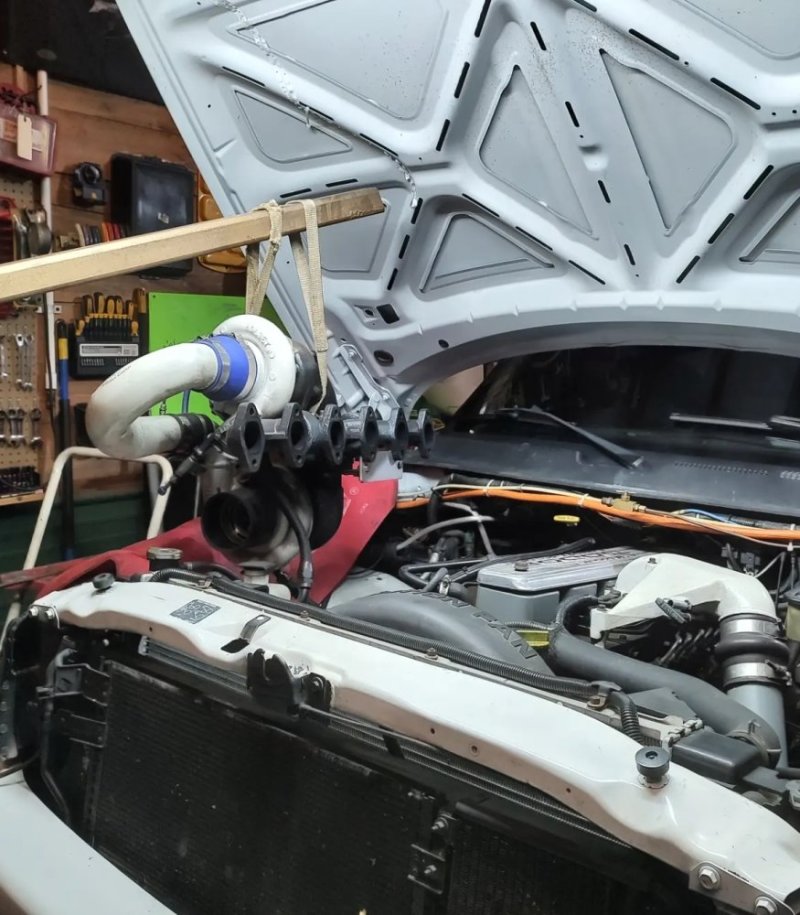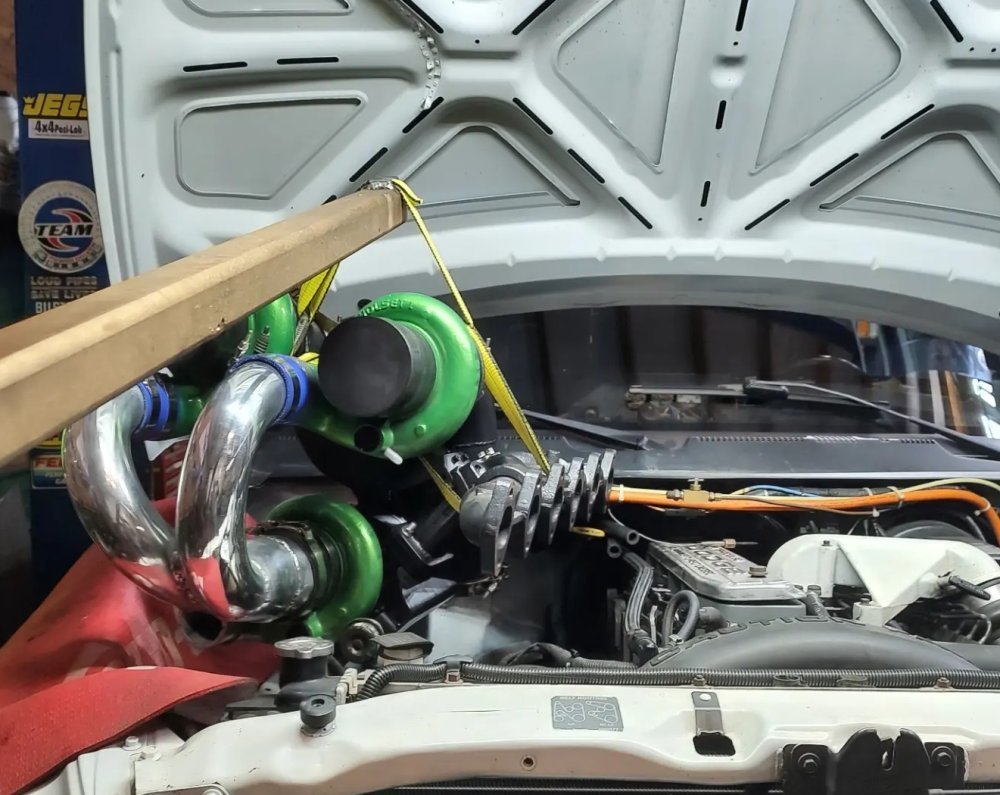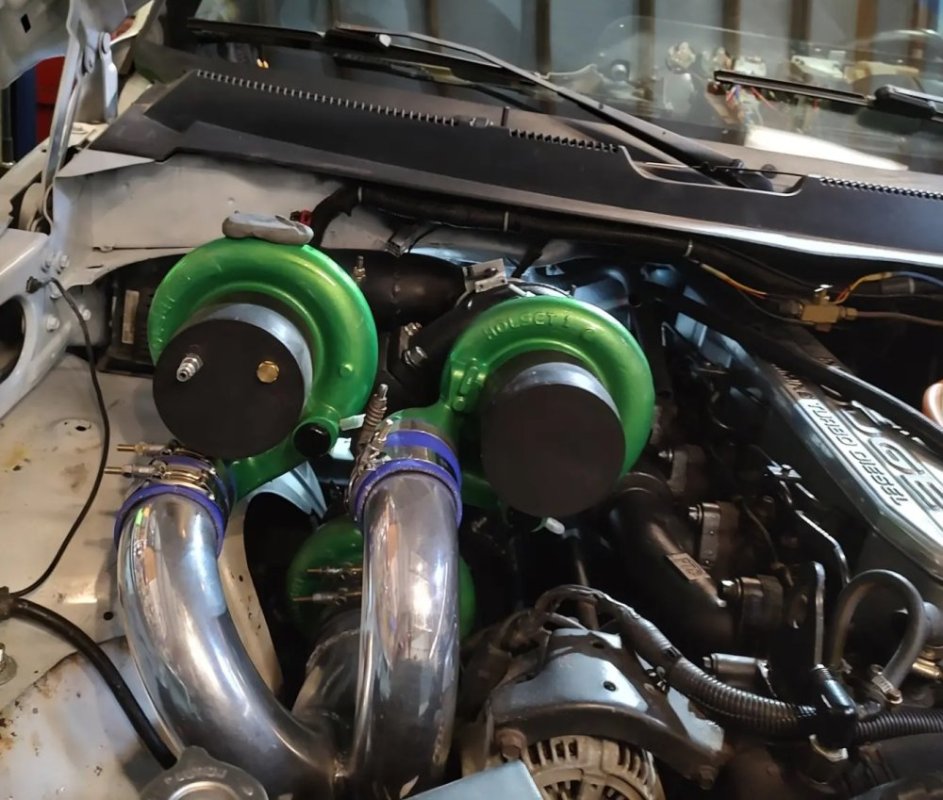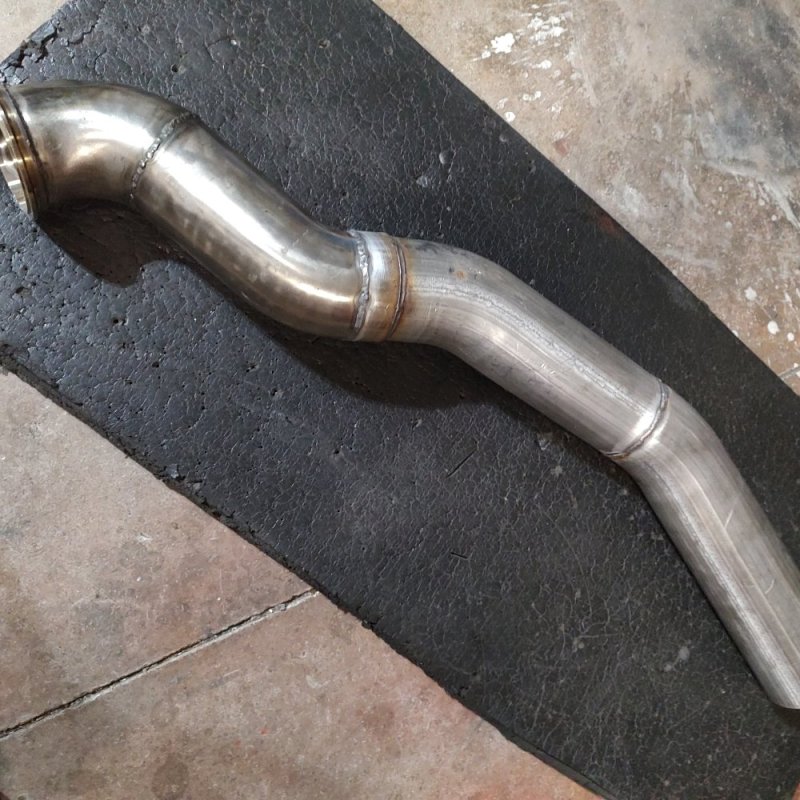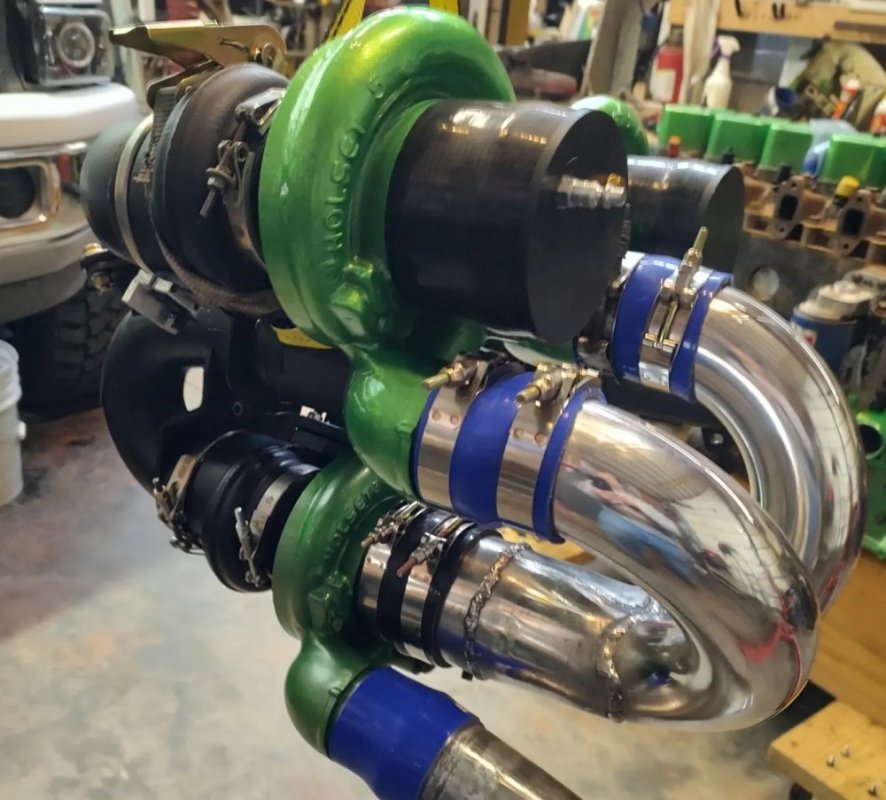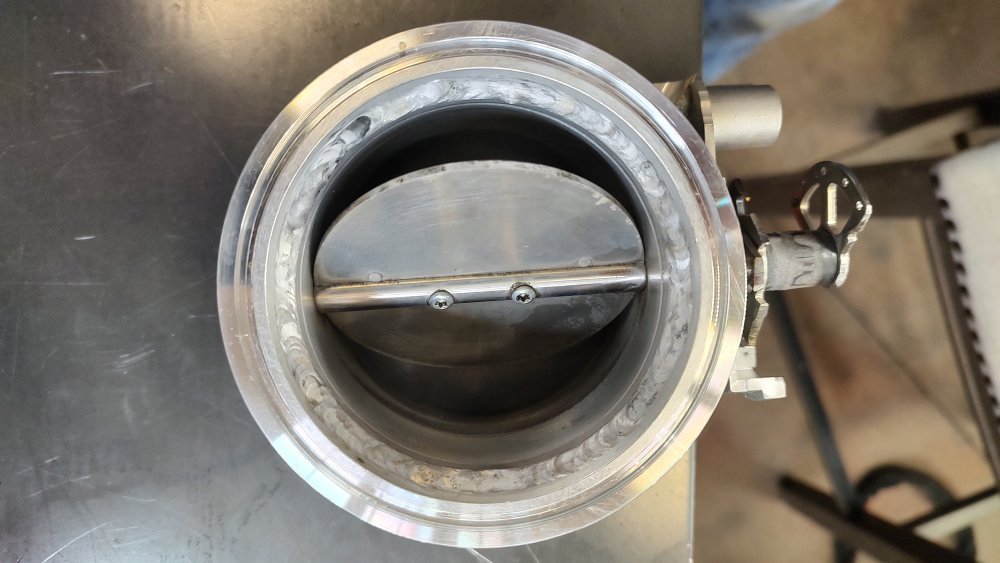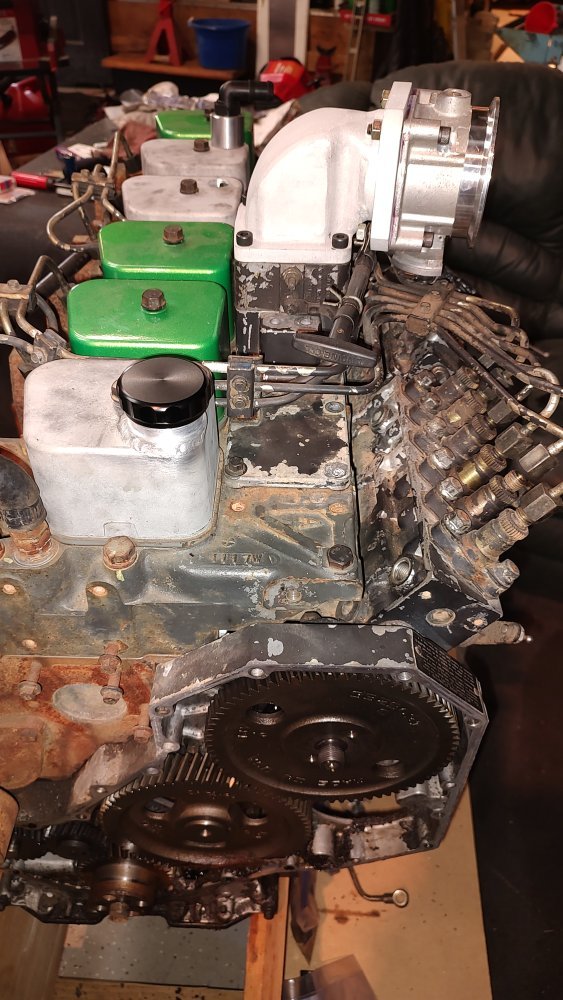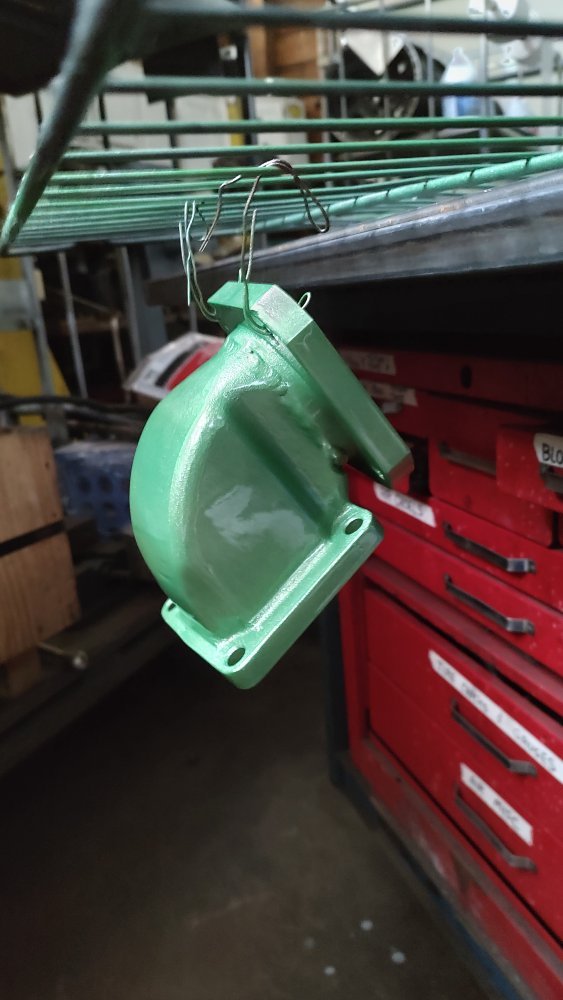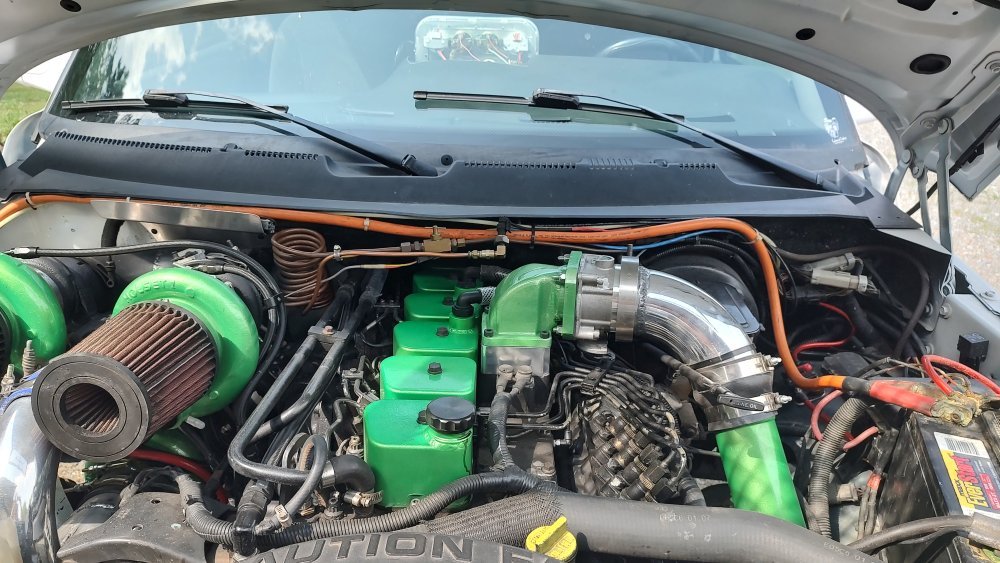Frankentruck
Active Member
At some point I noticed I had a boost leak on the HX setup between the center cartridge and the compressor housing. Decided to O ring all of the cartridges to prevent that in the triples. Took it all back apart, found an O ring size that would work, ordered some and cut O ring grooves in the cartridges.

